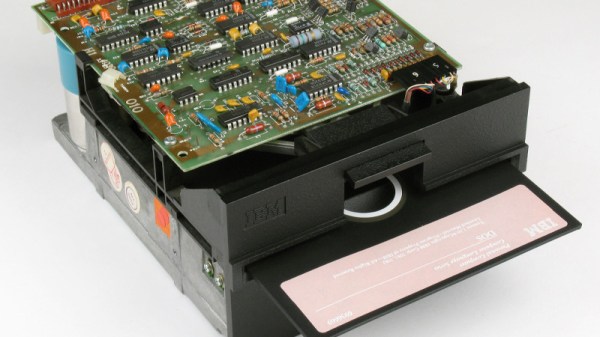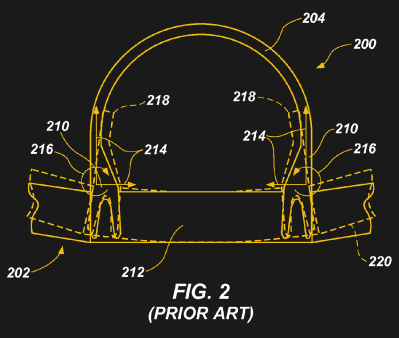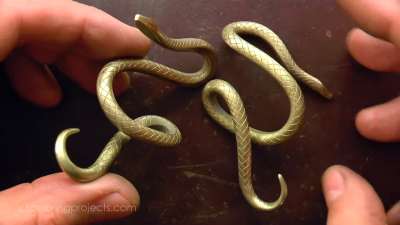We no longer use floppy disks on the vast majority of computers, but a recent Old New Thing blog post from Microsoft sheds light on one of their possible unexpected legacies. It seems Windows disk cache items expire after two seconds, and as the post explains this has its origin in the development of MS-DOS 2.0.
Disks, especially floppy disks, are slow compared to computer memory. A disk cache is a piece of memory into which the operating system puts frequently loaded items to speed up access and avoid its having to repeatedly access the disk. They have an expiry time to ensure that the cache doesn’t become clogged with data that hasn’t been needed for a while.
IBM PC floppy drives didn’t implement any form of notification for a disk eject, so it became quite possible for a disk to be ejected while the operating system still believed cached data from it to be valid. Thus a pair of Microsoft engineers tried their hardest to swap floppy discs as fast as they could, and it was discovered to be an impossible task in under two seconds. This became the cache expiry time for a Microsoft OS, and thus we’re told the floppy’s legacy lives on as more than just the ‘save’ icon.
As this is being written the Internet is abuzz with a viral Tweet about railroad gauges having an origin in the width of a Roman horse, that rail historians are debunking with a reference to the coal tramways of [George Stephenson’s] Northern England. It’s thus sometimes dangerous to take simple soundbite origin stories at face value, but since in this case our source is Microsoft themselves we think we can take it as being close to the horse’s mouth. Even if it isn’t a Roman horse.
IBM floppy drive image: Michael Holley [Public domain].


















